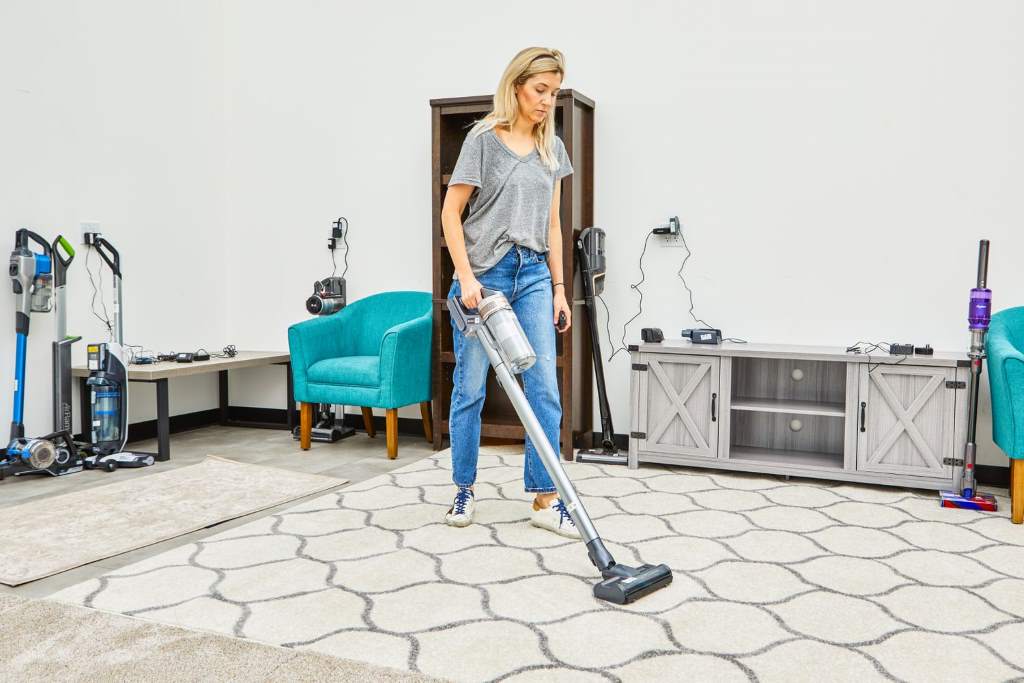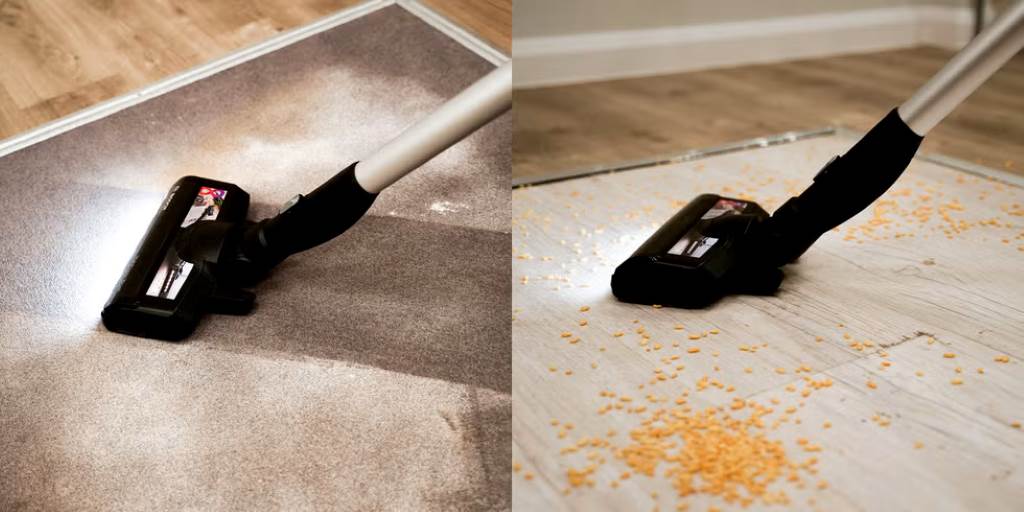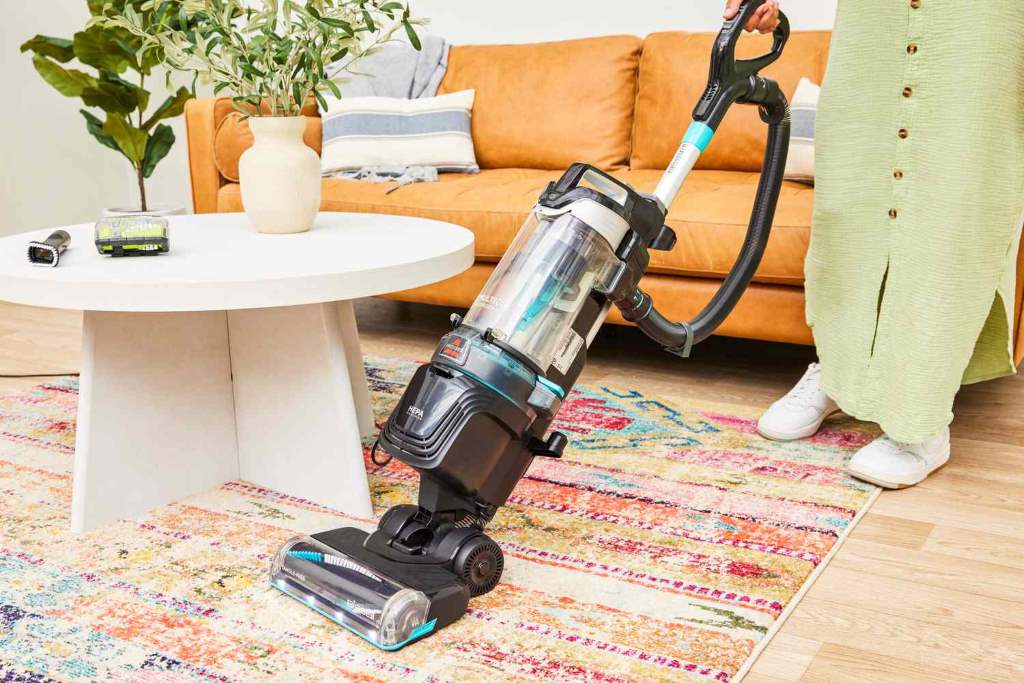
Are Stick Vacuums Good Enough for Deep Cleaning?
In recent years, stick vacuums have exploded in popularity. Sleek, lightweight, and cordless, they promise the ultimate convenience for modern households. But as appealing as they seem, one critical question lingers: Are stick vacuums good enough for deep cleaning?
Deep cleaning goes beyond surface dirt. It involves lifting embedded dust, allergens, pet hair, and debris lodged deep within carpets, upholstery, and cracks. It requires strong suction, long run times, and the right attachments. Can a cordless stick vacuum compete with traditional uprights in this arena?
Let’s dig deep and separate hype from reality.
The Rise of the Stick Vacuum: Why People Love Them

Stick vacuums account for over 50% of vacuum cleaner sales in the U.S., according to Statista. Their rise isn’t surprising. People are drawn to their slim profile, quick-grab design, and the convenience of not dragging cords around.
Modern brands like Dyson, Shark, and Tineco have marketed their high-end models as powerful enough for “whole-home” cleaning. But is this really the case?
While these vacuums shine in day-to-day tidying, deep cleaning is a different beast.
What Does Deep Cleaning Truly Mean?
To assess whether stick vacuums are up to the job, it’s crucial to define what “deep cleaning” entails.
- Strong suction power: Needed to remove deeply embedded dirt from carpet fibers.
- Filtration system: Especially HEPA filters to trap allergens and microscopic particles.
- Long run time: For uninterrupted cleaning sessions, particularly in larger homes.
- Versatile attachments: For reaching into upholstery, stairs, corners, and tight spaces.
Deep cleaning also involves cleaning baseboards, mattress surfaces, vents, and even beneath furniture — tasks that require both power and reach.
Where Stick Vacuums Excel
For surface cleaning and quick messes, stick vacuums outperform many traditional vacuums. They’re ideal for hardwood, tile, and low-pile rugs. Their maneuverability allows users to clean areas often overlooked, like under beds and behind furniture.
Additionally, newer models come with digital motors and multi-surface cleaning heads. Dyson’s V15 Detect, for instance, uses laser technology to reveal microscopic dust. According to Dyson’s product page, the V15 generates up to 230 air watts of suction — more than some upright vacuums.
In many real-world tests, the V15 Detect and Shark Stratos cordless have matched or even outperformed budget uprights on hard floors and low-pile carpets. But power alone doesn’t tell the whole story.
The Limitations of Stick Vacuums for Deep Cleaning
Despite improvements, stick vacuums still face limitations in serious deep cleaning.
- Battery Life: Even premium models max out at 60 minutes — and that’s in eco mode. Deep cleaning often requires “boost” or “max” mode, which drains batteries in 10-15 minutes.
- Smaller Dust Bins: Most stick vacuums have compact dust containers that fill quickly during deep cleans, especially with pet hair or heavy dirt.
- Suction Consistency: Cordless models often lose suction as the battery depletes or as filters clog.
- Not Ideal for Thick Carpets: Deep-pile or shag carpets require sustained high suction. Many stick vacuums struggle with this, especially without powered brush rolls.
A Consumer Reports analysis notes that while some stick vacuums perform well on surface dirt, “they generally can’t match the deep-cleaning power of a full-sized upright.”
Real-World Opinions: Mixed but Leaning Positive
User reviews from retailers like Amazon and Best Buy paint a mixed but evolving picture. Many users are amazed by the ease of use and how much dust a stick vacuum picks up — especially after using an old upright.
However, long-time users often revert to a more powerful upright for spring cleanings or pet-heavy homes.
A Reddit user in the r/VacuumCleaners community said, “My Dyson stick is great for daily messes. But when I deep clean carpets, I pull out my old Miele canister.”
Still, the convenience of stick vacuums leads many to clean more frequently, which arguably reduces the need for deep cleaning sessions.
When a Stick Vacuum Can Deep Clean

There are situations where a stick vacuum can legitimately deep clean:
- Hard floor homes: With minimal carpeting, deep dirt is less of an issue.
- Frequent cleaning routines: If you clean several times a week, less dirt accumulates.
- Premium models: Top-tier models like the Dyson Gen5 or Samsung Jet 90 can match traditional vacuums in short bursts.
Some users pair their stick vacuum with a robot vacuum or steam mop, covering all cleaning needs without hauling a bulky upright around. Do you know Effortless Cleaning Made Possible With Floating Vacuum Cleaners?
When You Still Need a Full-Sized Vacuum
If your home has wall-to-wall carpeting, multiple pets, or allergy sufferers, a full-sized vacuum still reigns supreme. Uprights and canisters have large motors, consistent power, and higher filtration capabilities.
Brands like Miele, Sebo, and Shark’s corded lineup continue to dominate in professional carpet cleaning tests.
Moreover, many professional cleaners still rely on commercial uprights for deep carpet agitation and long runtime.
The Middle Ground: Hybrid Cleaning Strategies
A growing number of homeowners use a hybrid approach — stick vacuums for frequent maintenance, and full-sized vacuums for monthly deep cleans.
This combination allows you to maintain a spotless home without sacrificing power or convenience.
FAQs
1. Can stick vacuums replace traditional vacuums entirely?
Not for everyone. In small, mostly hard-floor homes, they can. But for deep carpets and heavy-duty tasks, traditional vacuums still win.
2. Do stick vacuums work well for pet hair?
Premium models with motorized brush rolls and anti-tangle technology handle pet hair effectively on hard floors and low-pile carpets.
3. How long do stick vacuum batteries last?
Most last between 30–60 minutes per charge. In high-power mode, expect around 10–20 minutes.
4. Do stick vacuums have HEPA filters?
High-end models like Dyson and Tineco offer HEPA filtration, which is crucial for allergy sufferers.
5. Are corded vacuums better for deep cleaning?
Yes, they provide uninterrupted suction and don’t suffer from battery degradation.
6. What’s the best stick vacuum for deep cleaning?
As of now, Dyson V15 Detect and Samsung Jet 90 top most performance charts.
7. Are stick vacuums worth the cost?
If convenience and frequent cleaning matter to you, yes. For occasional heavy cleans, consider a hybrid solution.
Final Thought
So, are stick vacuums good enough for deep cleaning? The answer depends on your home, habits, and expectations. For quick cleanups and maintenance, they’re unbeatable. But when it comes to deep-down dirt in thick carpets or allergen-heavy environments, traditional vacuums still hold an edge.
The smartest strategy might not be choosing one over the other — but knowing when and how to use each tool. As stick vacuums continue to evolve, the line between daily cleaning and deep cleaning blurs further.
With the right model and regular use, stick vacuums can indeed become powerful allies in your deep cleaning routine — just know their limits.





